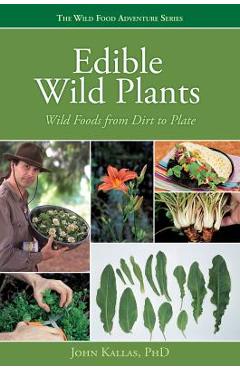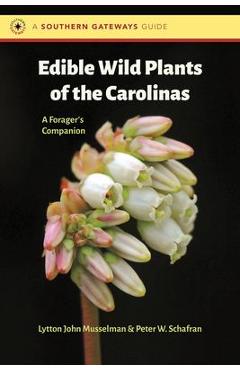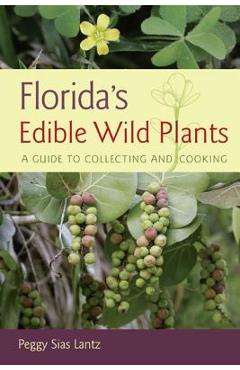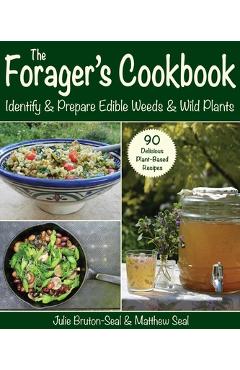Edible Wild Plants: Wild Foods from Dirt to Plate - John Kallas

Detalii Edible Wild Plants: Wild Foods
libris.ro
156.19 Lei
173.54 Lei
Cooking
John Kallas
Edible Wild Plants: Wild Foods - Disponibil la libris.ro
Pe YEO găsești Edible Wild Plants: Wild Foods de la John Kallas, în categoria Cooking.
Indiferent de nevoile tale, Edible Wild Plants: Wild Foods from Dirt to Plate - John Kallas din categoria Cooking îți poate aduce un echilibru perfect între calitate și preț, cu avantaje practice și moderne.
Preț: 156.19 Lei
Caracteristicile produsului Edible Wild Plants: Wild Foods
Comandă Edible Wild Plants: Wild Foods Online, Simplu și Rapid
Prin intermediul platformei YEO, poți comanda Edible Wild Plants: Wild Foods de la libris.ro rapid și în siguranță. Bucură-te de o experiență de cumpărături online optimizată și descoperă cele mai bune oferte actualizate constant.
Descriere magazin:
Wild spinach about 7 feet tall and fully mature. Well-fed wild spinach is well-branched and produces a huge quantity of seeds when mature. The leaves are still edible at this stage but are reduced in quality, taking on a somewhat off-flavor. According to research on other mature plants, the leaves on these older plants retain most of their nutrients and phytochemicals as long as they are still green. (Left: The author stands in for perspective, 2006.) Imagine what you could do with eighteen delicious new greens in your dining arsenal including purslane, chickweed, curly dock, wild spinach, sorrel, and wild mustard. John Kallas makes it fun and easy to learn about foods you\'ve unknowingly passed by all your life. Through gorgeous photographs, playful, but authoritative text, and ground-breaking design he gives you the knowledge and confidence to finally begin eating and enjoying edible wild plants. Edible Wild Plants divides plants into four flavor categories -- foundation, tart, pungent, and bitter. Categorizing by flavor helps readers use these greens in pleasing and predictable ways. According to the author, combining elements from these different categories makes the best salads. This field guide is essential for anyone wanting to incorporate more natural and whole foods into their diet. First ever nutrient tables that directly compare wild foods to domesticated greens are included. Whether looking to enhance a diet or identify which plants can be eaten for survival, the extensive information on wild foods will help readers determine the appropriate stage of growth and how to properly prepare these highly nutritious greens. John Kallas is one of the foremost authorities on North American edible wild plants and other foragables. He\'s learned about wild foods through formal academic training and over 35 years of hands-on field research. John has a doctorate in nutrition, a master\'s in education, and degrees in biology and zoology. He\'s a trained botanist, nature photgrapher, writer, researched, and teacher. In 1993 he founded the Institute for the Study of Edible Wild Plants and Other Foragables along with its educational branch, Wild Food Adventures. John\'s company is based in Portland, Oregon, where he offers regional workshops, and multi-day intensives on wild foods. For more information, see www.wildfoodadventures.com

Produse asemănătoare

Edible Wild Plants: Wild Foods from Dirt to Plate - John Kallas
![]() libris.ro
libris.ro
Actualizat in 28/10/2025
156.19 Lei

Basic Illustrated Edible Wild Plants and Useful Herbs - Jim Meuninck
![]() libris.ro
libris.ro
Actualizat in 28/10/2025
99.39 Lei

Edible Wild Plants of the Carolinas: A Forager\'s Companion - Lytton John Musselman
![]() libris.ro
libris.ro
Actualizat in 28/10/2025
128.34 Lei

Florida\'s Edible Wild Plants: A Guide to Collecting and Cooking - Peggy Sias Lantz
![]() libris.ro
libris.ro
Actualizat in 28/10/2025
100.16 Lei

The Forager\'s Cookbook: Identify & Prepare Edible Weeds & Wild Plants - Julie Bruton-seal
![]() libris.ro
libris.ro
Actualizat in 28/10/2025
111.55 Lei

Edible Wild Plants for Beginners: The Essential Edible Plants and Recipes to Get Started - Althea Press
![]() libris.ro
libris.ro
Actualizat in 28/10/2025
105.97 Lei
Produse marca John Kallas

Edible Wild Plants: Wild Foods from Dirt to Plate - John Kallas
![]() libris.ro
libris.ro
Actualizat in 28/10/2025
156.19 Lei